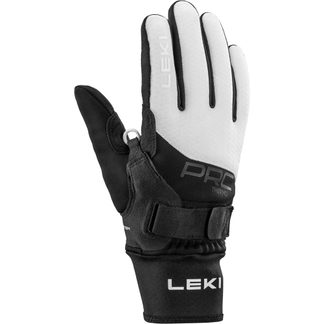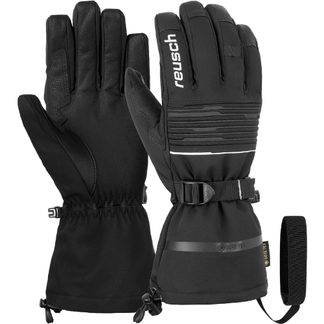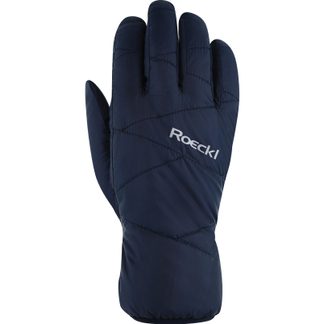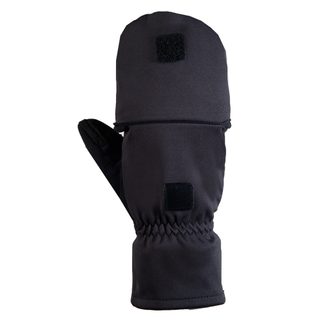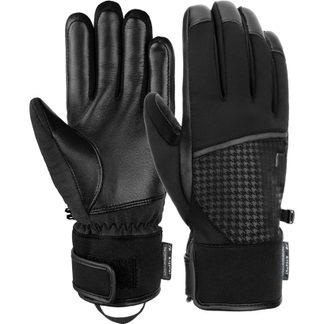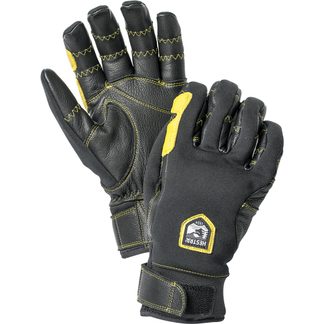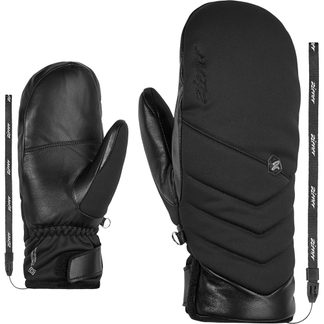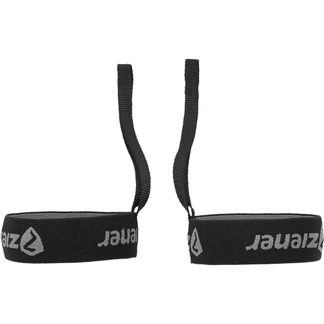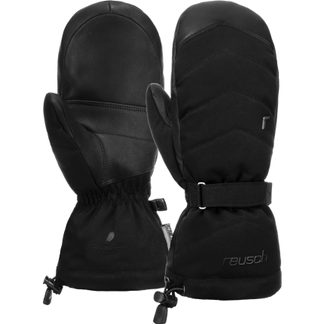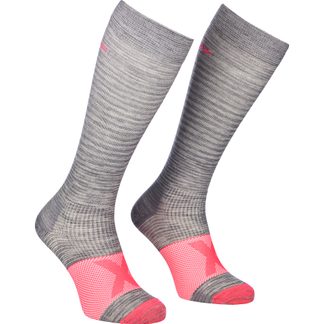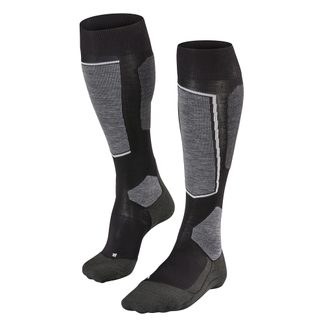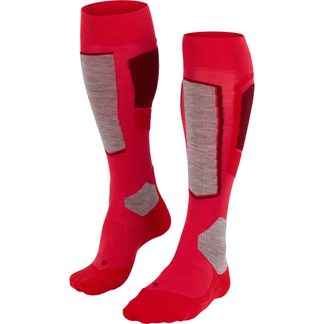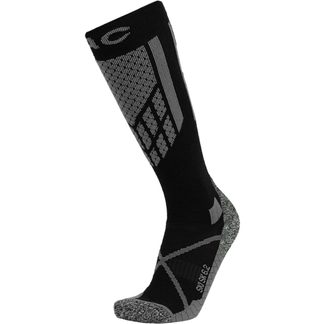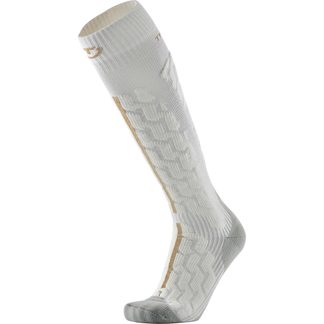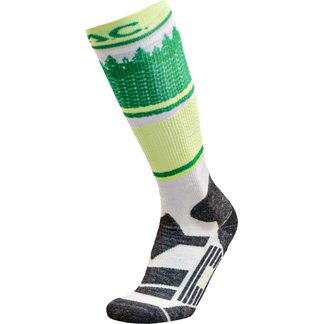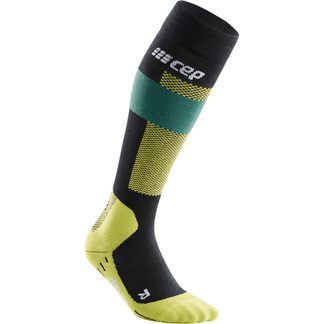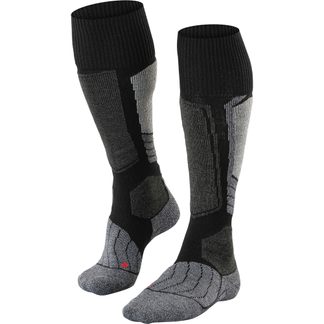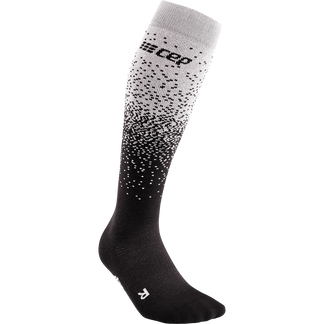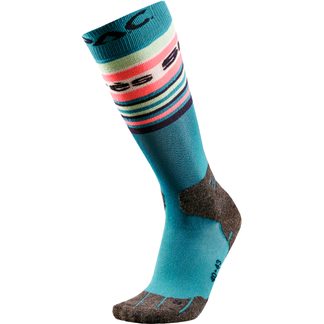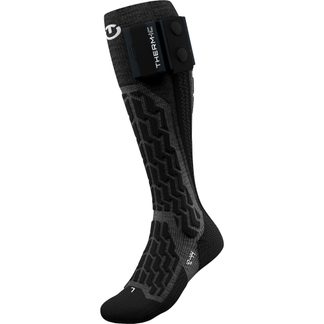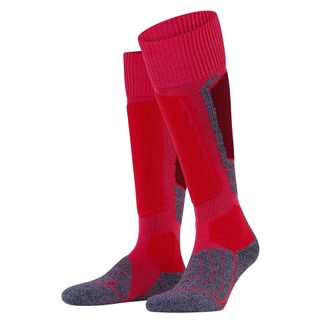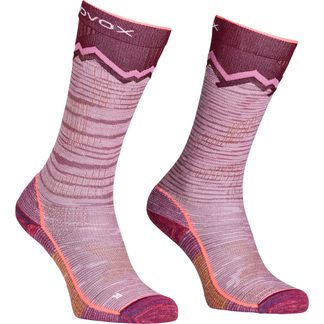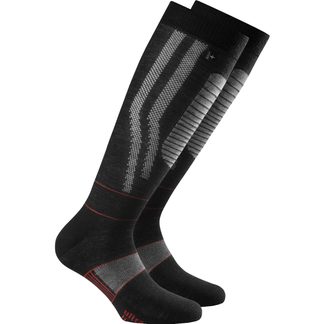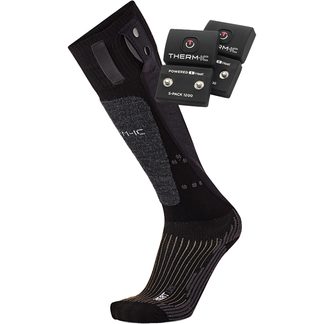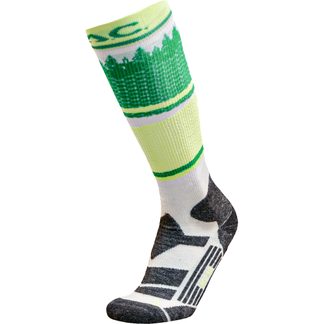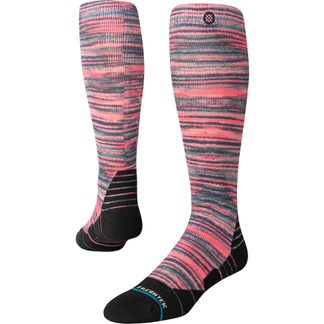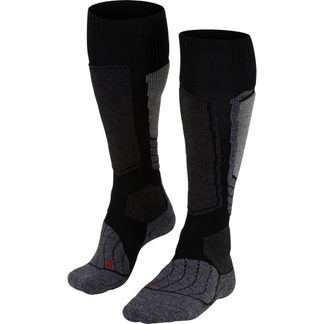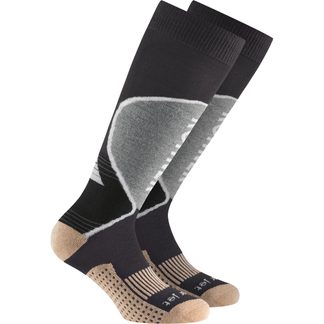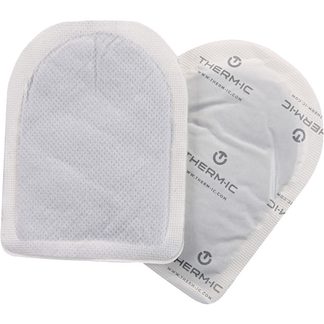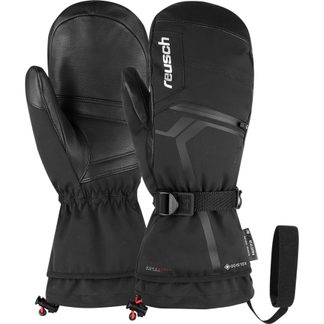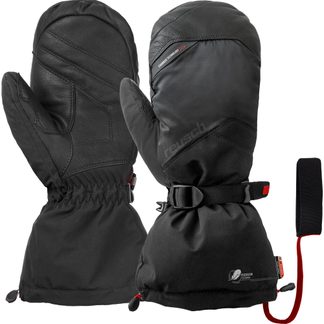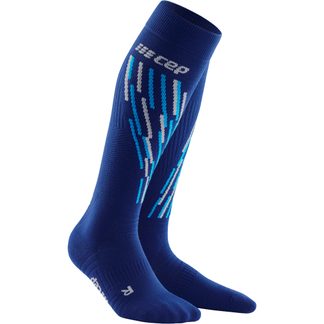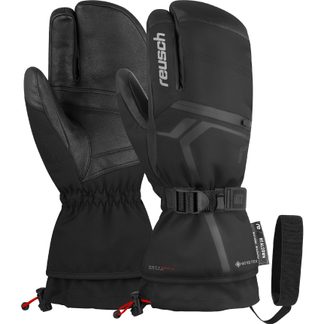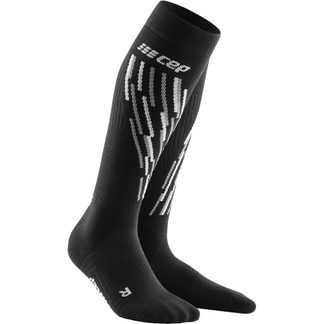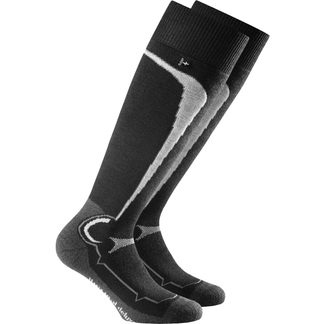Tips & tricks against cold hands & feet when skiing
Cold hands and feet can quickly spoil our desire and mood for skiing. Even perfectly groomed slopes and bright sunshine don't help. But why do we get icy fingers or frostbitten toes in the first place? And what can we do about it?
We have the solution!
Functional gloves for your winter adventures
Cold fingers, icy toes: This is the cause
If you suffer from icy fingers & toes when skiing, there can actually be several reasons for this. We have summarized the most important causes:
- You are dressed too cold: If skiers:inside are generally dressed too cold, the blood supply in the toes & fingers is the first to be cut off.
- Your gloves/ski boots are not warm enough: Pay attention to the material & insulation performance. Tip: If you tend to have cold fingers, you are better off with mittens are well advised.
- Your socks are wet: Damp socks increase the cold effect.
- Your ski boots are too small: Ski boots that are too tight & pressure points disrupt circulation & are a guarantee for frostbitten feet.
- You haven't eaten & drunk enough: When the body lacks energy, it switches to economy mode. As a result, your extremities are "no longer heated".

Functional ski socks for warm feet
What you can do
So what should you do if your toes and fingers are cold while skiing? We have 7 easy-to-implement tips for you.
- Always keep moving: Long waiting times accelerate the cooling of the body. While you are waiting in line for the lift, stomp, stretch or circle your limbs. This supports blood circulation and keeps you warmer for longer.
- Wear a helmet: A lot of body heat is lost through the head. A ski helmet prevents your head from cooling down. On particularly cold days, it is also advisable to wear a beanie or buff under your helmet.
- Thumbs up for mittens: As already mentioned mittens keep your hands warm longer and more efficiently. The fingers are "in the same room" and therefore provide more warmth.
- Go for ski socks with wool content: Ski socks with a (shearling) wool content keep your feet warm for longer and also ensure outstanding comfort.
- Suitable ski boots are the be-all and end-all: If your ski boots are too small or too tight, blood circulation is impaired and ice toes are the result. So make sure that your ski boots are properly adjusted. Another tip: open your ski boots during breaks. This allows the blood to circulate freely again.
- Eating to combat the cold: Skiing consumes energy. Keeping the body warm consumes energy. Ergo: Provide your body with sufficient energy in the form of food or drink. Our tip: Always have a small emergency ration (muesli bar, chocolate bar or similar) in your jacket pocket. Also helps against hangriness!
- Heated components as a lifesaver: There are now heating pads for ski boots, heated ski boot covers, warming ski socks, etc. So if all else fails and none of the above tips help, you can also resort to heated equipment.
Turn up the heat: our recommendations for cold feet & fingers
Now your fingers and feet are warm and dry, nothing stands in the way of unforgettable winter adventures.
Here are some other exciting topics that might interest you.
Ski touring clothing guide Ski touring packing list Ski touring beginner's guide

